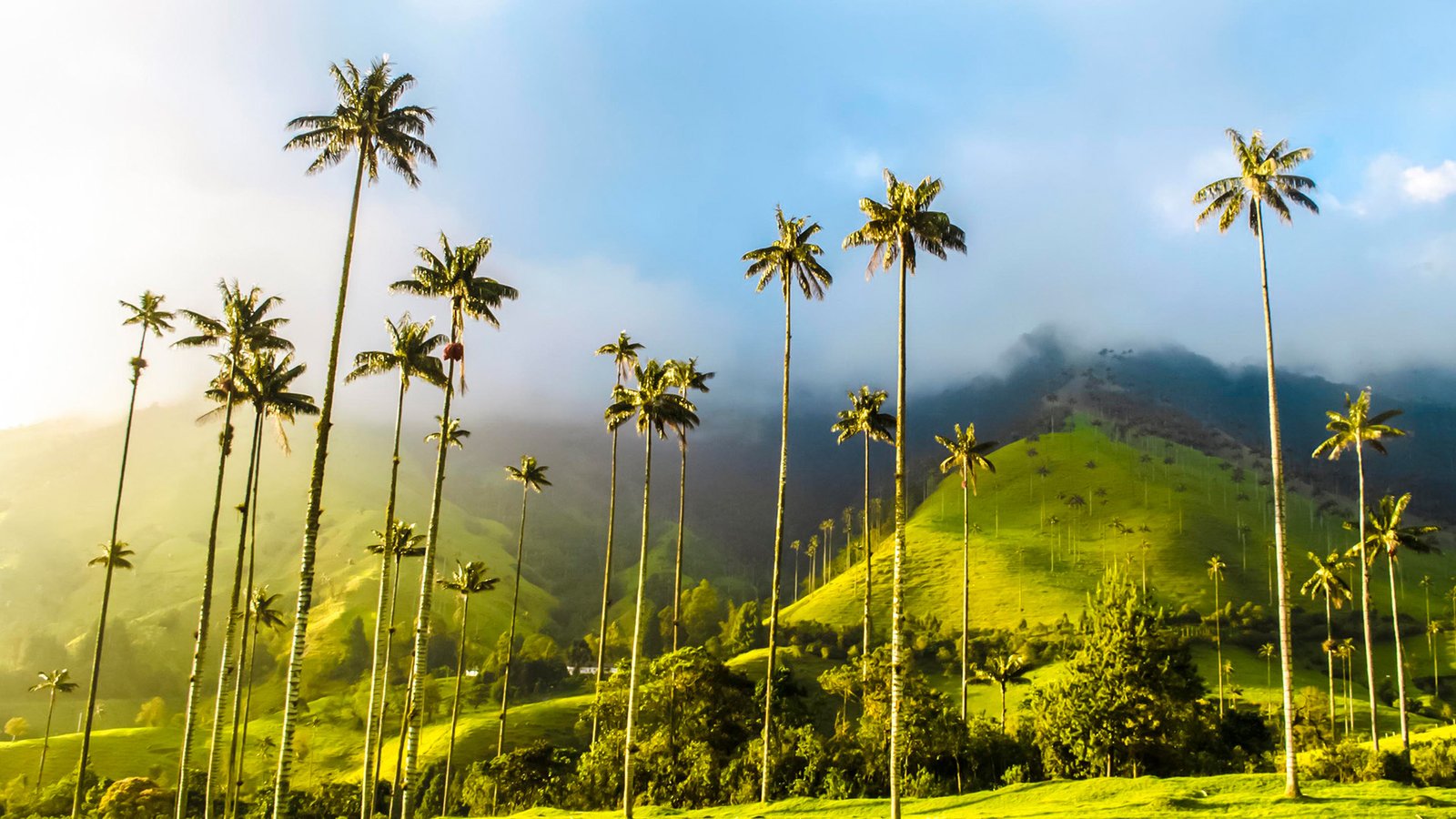
Hispánic Suchioto: flower and flight
Text and photos: Gladys Arosemena Bissot
The morning is warm. The warm rays of the sun have, at this time of the year, a gentleness that invites you to take a leisurely walk. The road is paved and each stone, product of a colonial heritage tinged with miscegenation, invites walkers to get lost in the corners of a town rich in history, but that firmly embraces a prosperous present.
Suchitoto must be known, savored, walked… After a few minutes it is easy to understand why this Salvadoran town is one of the most touristic of the country. The colonial style of its buildings has been so well preserved that it travels from the retina to the soul like a dream.
Throughout its history, Suchitoto suffered several fires that destroyed thatched buildings typical of these lands, which were not prepared for the spark generated by the inclement tropical sun. They succumbed but, like the phoenix, a new dawn came. This is the case of the church of Santa Lucia, a national monument, whose thatch was replaced by calicanto, porcelain plates (strategically arranged to reflect the moonlight at night), semicircular arches and Ionic columns.
 In front of the church, the benches of the Central Park invite you to pause on your way. It is evident that this is a meeting place for the locals, sheltered by trees that fan the conversation. Looking at them, it is inevitable not to fall in love with a place where face-to-face conversations are more appreciated than the unbridled virtualism of our daily lives. The tranquility, respectfully interrupted by artisans who offer their work to tourists, is the heritage of this town.
In front of the church, the benches of the Central Park invite you to pause on your way. It is evident that this is a meeting place for the locals, sheltered by trees that fan the conversation. Looking at them, it is inevitable not to fall in love with a place where face-to-face conversations are more appreciated than the unbridled virtualism of our daily lives. The tranquility, respectfully interrupted by artisans who offer their work to tourists, is the heritage of this town.
Little by little, I find picturesque places where everything seems to converge in a single space. Coffee time has arrived and Casa de la Abuela seems to be the ideal place to have a cup of coffee and taste the traditional pupusas. That’s a real treat, but the adjoining craft store is a temptation that can’t wait. The store emerged as a sustainable tourism project for artisans who had nowhere to offer their products. Thanks to the initiative, it is now possible to purchase handicrafts from La Palma and Ilobasco, textiles from San Sebastian and ceramics from Guatajiagua in one place and at incredibly affordable prices. Everything here invites you to stop: the colonial house, the strategically distributed objects and the restaurant tables.
I resume my walk. Adobe houses frame the streets and, in almost all of them, a symbol calls the attention: a blue bird flying serenely over the flowers. The blue bird, which is part of the city’s coat of arms, represents serenity in difficult times. However, in Suchitoto everything takes on a new meaning. Thus, each house has a delicate bird that flies before the fragility of the flowers, as a sign that this is a space free of violence against women.
 Some doors are open. At Christmas time, it is common to display traditional objects. This is the case of the Three Wise Men, all with black faces, which are today prized collector’s items. The camel’s legs, made with nails, are an element that allows us to appreciate the ability of Salvadorans to create handicrafts from everyday objects.
Some doors are open. At Christmas time, it is common to display traditional objects. This is the case of the Three Wise Men, all with black faces, which are today prized collector’s items. The camel’s legs, made with nails, are an element that allows us to appreciate the ability of Salvadorans to create handicrafts from everyday objects.
Suchitoto has managed, over the years, to become a tourist destination par excellence. However, one of the town’s most important goals has been to use art and culture to foster youth inclusion. One example is the Art for Development Association, sponsored by prestigious Canadian entities such as the Stratford Festival. Young people of various ages study performing arts at this facility, thus keeping them away from gangs.
As I talk to these guys, who graciously offer me the traditional conchas as a light supper, I feel that the time has come to say goodbye. I return to the stone path, but this time at dusk, with a sense of hope. In El Salvador, a battered people, there is still a chance for a better future. Suchitoto is an example of this which, today and always, is appreciated.

How to get there
Suchitoto is only 47 kilometers from San Salvador. Take the Panamerican Highway, where there is a bridge that allows access to the road that connects San Miguel with Suchitoto. The safest way is to hire a cab, but you can take a bus from the Terminal Oriente in San Salvador on Route 129. Buses leave every fifteen minutes.
Where to stay
Most people visit the site during the day, due to its proximity to the city of San Salvador. However, there are options of hostels and hotels that can be consulted at www.suchitoto-el-salvador.com.
Sites of interest
Casa de la Abuela (cafe, petit hotel and handicraft store). It offers tours to nearby sites.
Tel. (503) 2335 1632.
Municipal Tourism Office. It is located next to Plaza Centenario.
Tel. (503) 2235 1782.
Plaza Centenario, in front of the church of Santa Lucía. There is a permanent craft fair.
